This is a rather fundamental question so I'd love to get some clarity on what I'm misunderstanding.
I understand each slot some validator proposes a block, and a committee representing a subset of validators "attests" to the validity of the block. Hence the name "validator" rather than "miner".
What I don't get is, how is it even possible for a proposed block to be invalid, and what would an invalid block look like? My understanding of an invalid transaction is one that conflicts with the previous state of Ethereum, i.e. sending 5 ETH when you only have 1 ETH. Wouldn't a built in mechanism that checks a transaction against the previous state before inclusion be sufficient to stop invalid blocks? Why do we need others to attest to the validity of the proposed block?
[link] [comments]

You can get bonuses upto $100 FREE BONUS when you:
💰 Install these recommended apps:
💲 SocialGood - 100% Crypto Back on Everyday Shopping
💲 xPortal - The DeFi For The Next Billion
💲 CryptoTab Browser - Lightweight, fast, and ready to mine!
💰 Register on these recommended exchanges:
🟡 Binance🟡 Bitfinex🟡 Bitmart🟡 Bittrex🟡 Bitget
🟡 CoinEx🟡 Crypto.com🟡 Gate.io🟡 Huobi🟡 Kucoin.
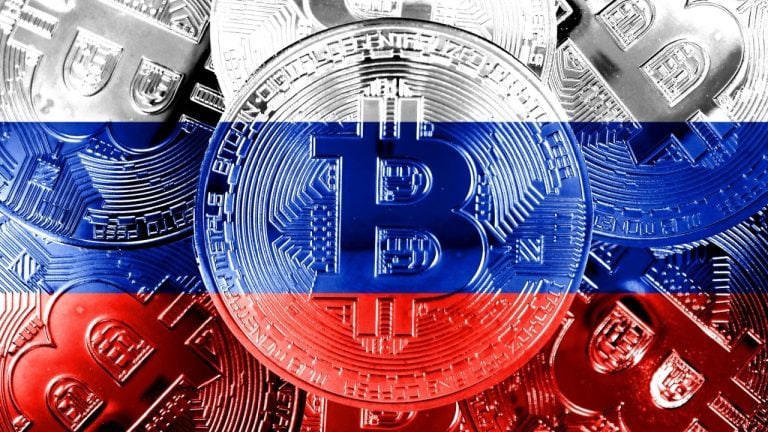
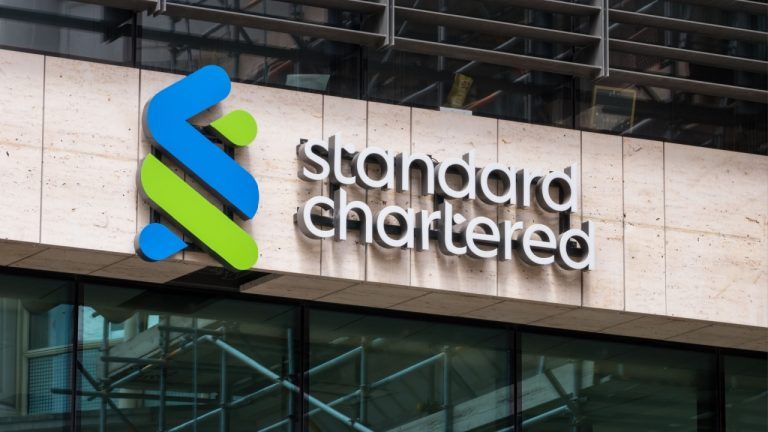

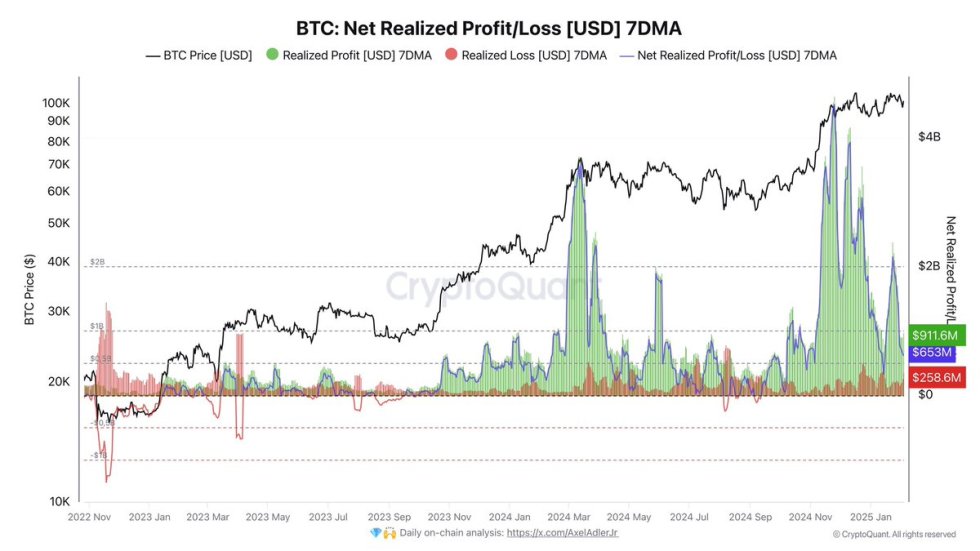
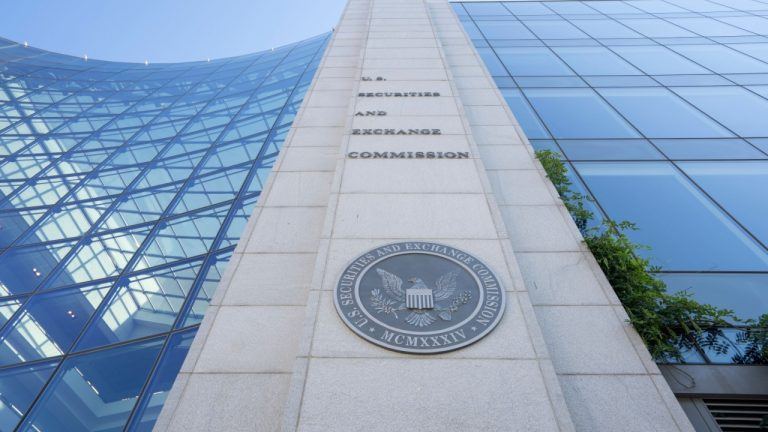

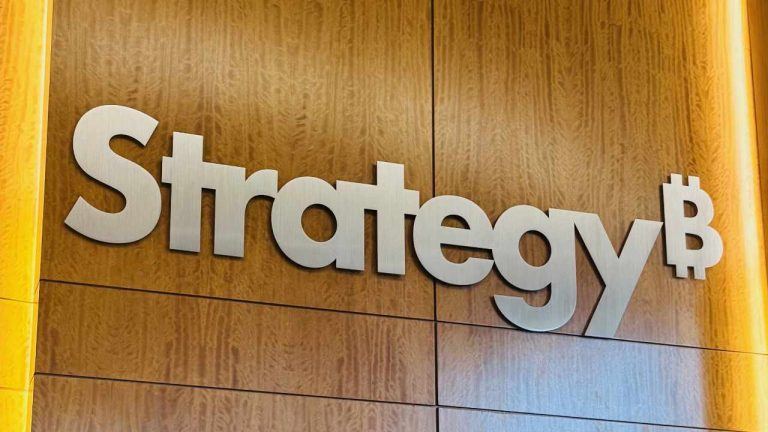
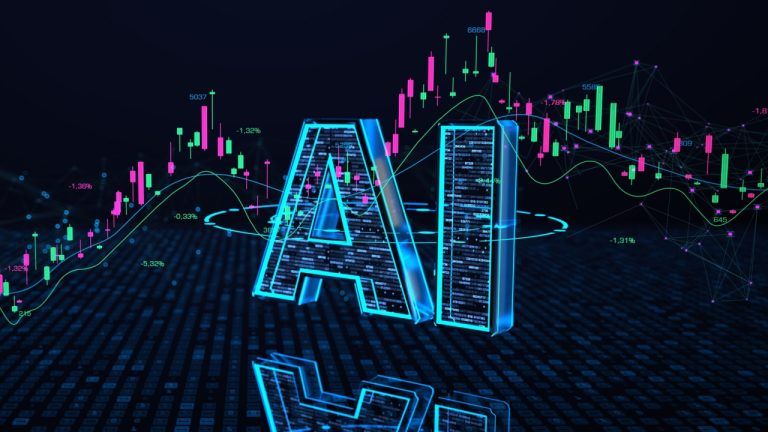


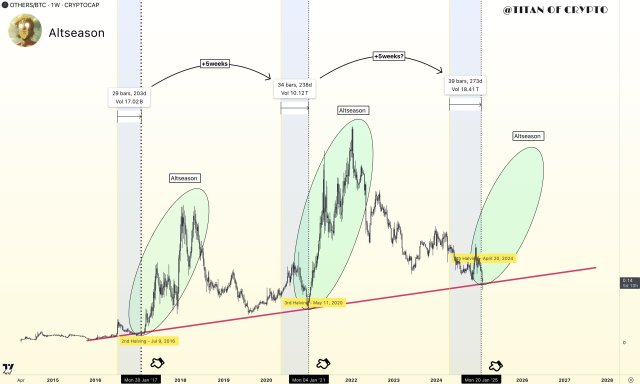

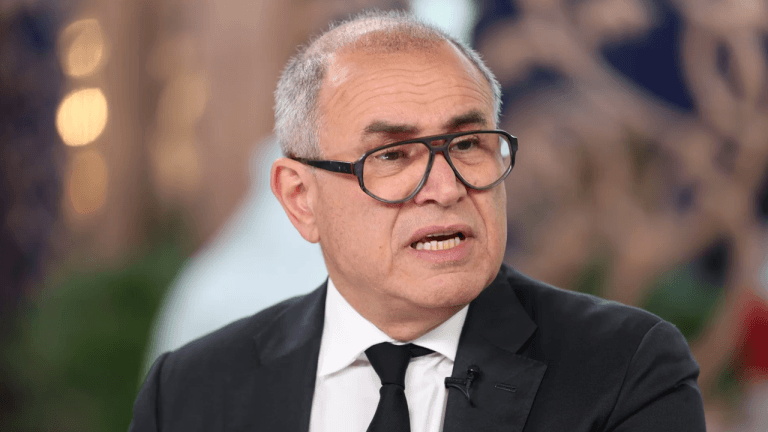

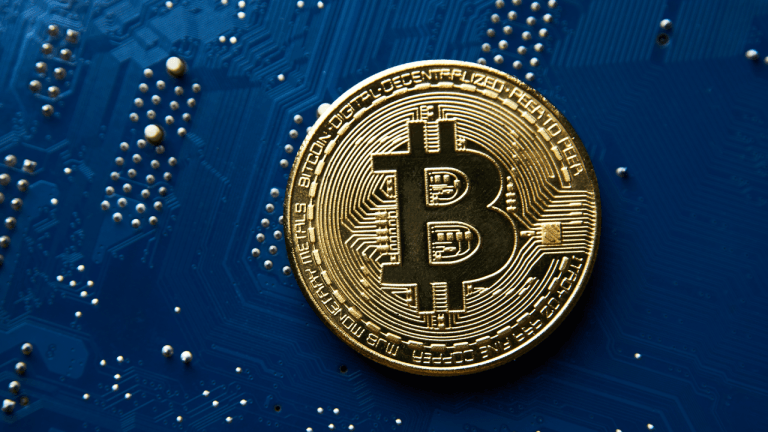

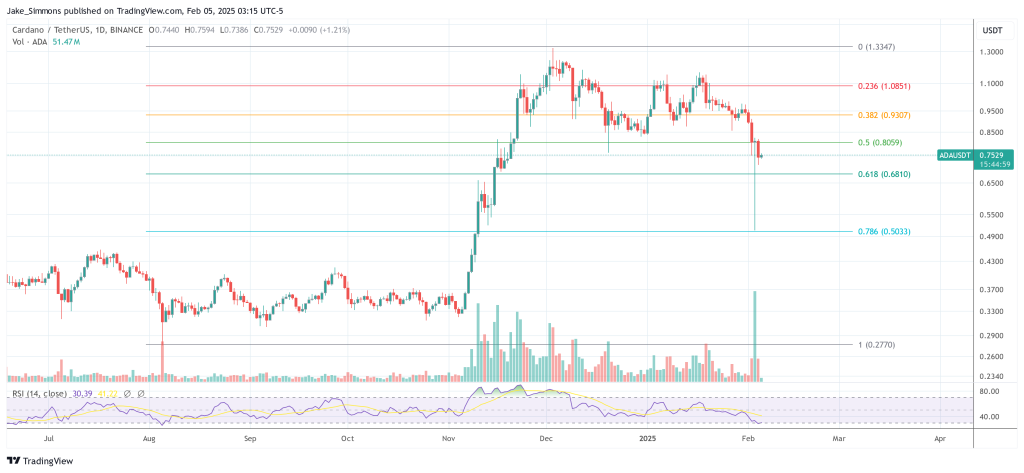


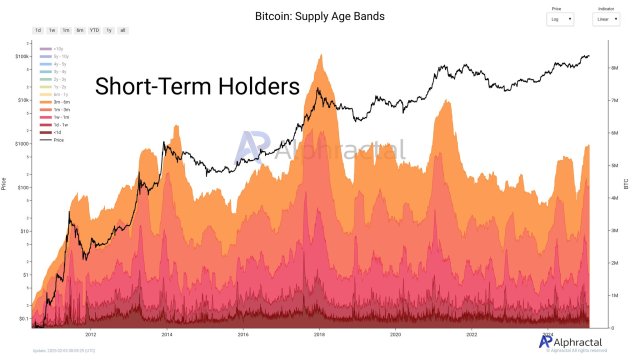
Comments